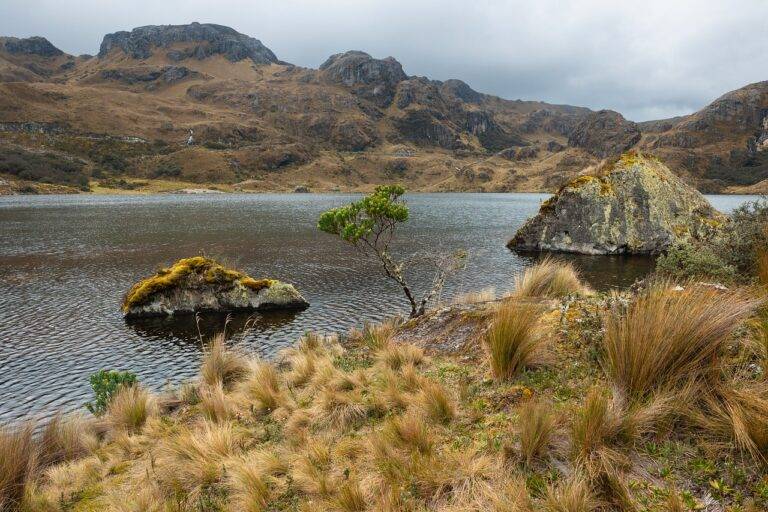The Fascinating World of Underwater Archaeology: Exploring Sunken Treasures
Underwater archaeology, also known as maritime archaeology, has a long and intriguing history that dates back to the early 20th century. The discipline emerged as a response to the growing interest in exploring the world’s oceans and the treasures they hold beneath the waves. The first underwater archaeological expeditions focused primarily on locating and investigating shipwrecks, which provided valuable insights into maritime history and trade routes.
As technology advanced, so did the field of underwater archaeology. Innovations such as SCUBA diving equipment and remotely operated vehicles (ROVs) allowed archaeologists to explore deeper depths and gather more accurate data from underwater sites. Over the years, underwater archaeologists have uncovered a wealth of artifacts, ranging from ancient pottery and coins to entire shipwrecks preserved on the ocean floor. These discoveries have shed light on the lives of past civilizations and helped historians piece together the puzzle of human history.
Ancient Shipwrecks: Discoveries and Significance
Exploring ancient shipwrecks beneath the depths of the ocean has unveiled invaluable insights into maritime history and trade routes of the past. These submerged vessels serve as time capsules, providing a glimpse into the lifestyles, technology, and goods of earlier civilizations. The discovery of well-preserved artifacts, such as pottery, tools, and even personal items, offers a unique window into the daily lives of individuals who voyaged across the seas centuries ago.
Furthermore, the significance of ancient shipwrecks extends beyond historical curiosity; they offer a wealth of information for researchers and archaeologists to piece together narratives of the past. By studying the construction techniques, hull designs, and cargo contents of these sunken vessels, experts can reconstruct trading networks, navigation methods, and even environmental conditions prevalent during the time of the ship’s voyage. Each new discovery adds to the collective knowledge of seafaring cultures and contributes to a deeper understanding of how civilizations across the globe were interconnected through maritime trade.
Tools and Techniques Used in Underwater Archaeology
Underwater archaeology relies on a range of specialized tools and techniques to uncover and document historical artifacts submerged beneath the sea. One key tool employed by underwater archaeologists is a remote sensing device, such as side-scan sonar, which helps to create detailed images of underwater landscapes and locate potential sites of interest. These advanced technologies play a crucial role in mapping out submerged areas and guiding divers to specific locations for further investigation.
In addition to remote sensing devices, underwater archaeologists also utilize traditional excavation tools like dredges, suction hoses, and water pumps to carefully extract artifacts from the seabed. These tools are essential for uncovering and retrieving delicate objects without causing damage, allowing researchers to preserve and study historical remains with precision. Furthermore, the use of photogrammetry and 3D modeling techniques helps to create detailed digital reconstructions of underwater sites, providing valuable insights into the past while safeguarding archaeological resources for future generations.
• Side-scan sonar is used to create detailed images of underwater landscapes
• Remote sensing devices help locate potential sites of interest
• Traditional excavation tools like dredges and suction hoses are used to extract artifacts from the seabed without causing damage
• Water pumps are essential for careful retrieval of delicate objects
• Photogrammetry and 3D modeling techniques aid in creating detailed digital reconstructions of underwater sites
What is the history of underwater archaeology?
Underwater archaeology can be traced back to the 1920s, but it really began to gain popularity in the mid-20th century with advancements in technology that allowed researchers to explore underwater sites more effectively.
What are some significant discoveries from ancient shipwrecks?
Some significant discoveries from ancient shipwrecks include the Antikythera mechanism, a bronze artifact from a Roman shipwreck that is considered an early analog computer, and the wreck of the Titanic, which provided valuable insights into early 20th-century maritime technology.
What tools and techniques are used in underwater archaeology?
Tools and techniques commonly used in underwater archaeology include remote sensing technologies like sonar and magnetometers, diving equipment for underwater exploration, and excavation tools like dredges and airlifts. Photographs and drawings are also crucial in documenting underwater sites.





